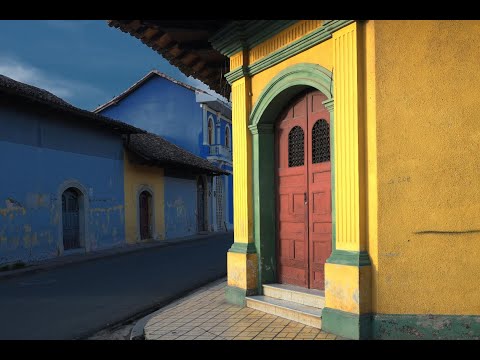
Nestled in Central America, bordered by Honduras to the north, Costa Rica to the south, the Caribbean Sea to the east, and the Pacific Ocean to the west, Nicaragua is a country rich in culture, history, and natural beauty. Known as “the land of lakes and volcanoes,” it offers a unique blend of vibrant indigenous heritage, colonial architecture, and breathtaking landscapes that make it a fascinating destination for travelers.
### History and Culture
Nicaragua’s history is as complex as it is intriguing. The country has been inhabited by indigenous people for thousands of years, with significant influences from the Aztec and Maya civilizations. The Spanish arrived in the early 16th century, leaving behind a legacy of colonial towns like Granada and León. These cities are known for their well-preserved architecture and historical significance.
Following centuries of colonial rule, Nicaragua gained independence in 1821. The subsequent years were marked by political turmoil, including periods under dictatorial rule. This history has shaped much of its contemporary political landscape and cultural identity.
Nicaraguans are known for their warmth and hospitality. The country’s culture is a rich tapestry woven from its Indigenous roots combined with Spanish colonial influences and modern elements. This blend is evident in its music, dance (like the traditional Palo de Mayo), art, and particularly its festivals like La Griteria—a unique celebration honoring Immaculate Conception.
### Natural Beauty
Nicaragua’s moniker “land of lakes and volcanoes” aptly describes its dominated landscape features which attract nature lovers worldwide. It is home to Central America’s largest freshwater body—Lake Nicaragua—as well as several other smaller lakes such as Lake Managua. These lakes are not only beautiful but also offer numerous recreational opportunities like fishing, kayaking, and more.
The volcanic chain running through Nicaragua provides some stunning scenery along with opportunities for adventurous activities such as hiking up active volcanoes like Masaya or visiting Ometepe Island—a lush island formed by two volcanoes rising from Lake Nicaragua.
Nicaragua also boasts beautiful beaches along both its Pacific Ocean coastline — renowned for surfing spots such as San Juan del Sur —and more tranquil Caribbean shores.
### Economy
Agriculture plays a vital role in Nicaragua’s economy with coffee being one of its main exports alongside tobacco products which are highly regarded globally due to their quality. In recent years tourism has also become increasingly important due to the country’s natural beauty attracting visitors around the world looking for authentic experiences away from crowded tourist paths.
### Travel Tips:
– **When to Visit:** The best time to visit Nicaragua is during its dry season which runs from November through April when weather conditions are most favorable.
– **Getting Around:** Local transportation options include buses which are inexpensive but can be crowded; taxis are also available although more costly.
– **Safety:** While generally safe it’s always advisable to take usual safety precautions such traveling in groups especially at night.
– **Language:** Spanish is the official language although English is spoken within major tourist areas making communication easier for many international visitors.
### Conclusion
Nicaragua stands out with its mix of historical depth rich cultural heritage diverse ecosystems that captivate both adventure seekers those seeking relaxation alike Whether exploring ancient ruins paddling across a tranquil lake or enjoying vibrant festivals guests will find plenty discover in this Central American gem that remains relatively undiscovered on global tourism stage yet offers so much explore experience
